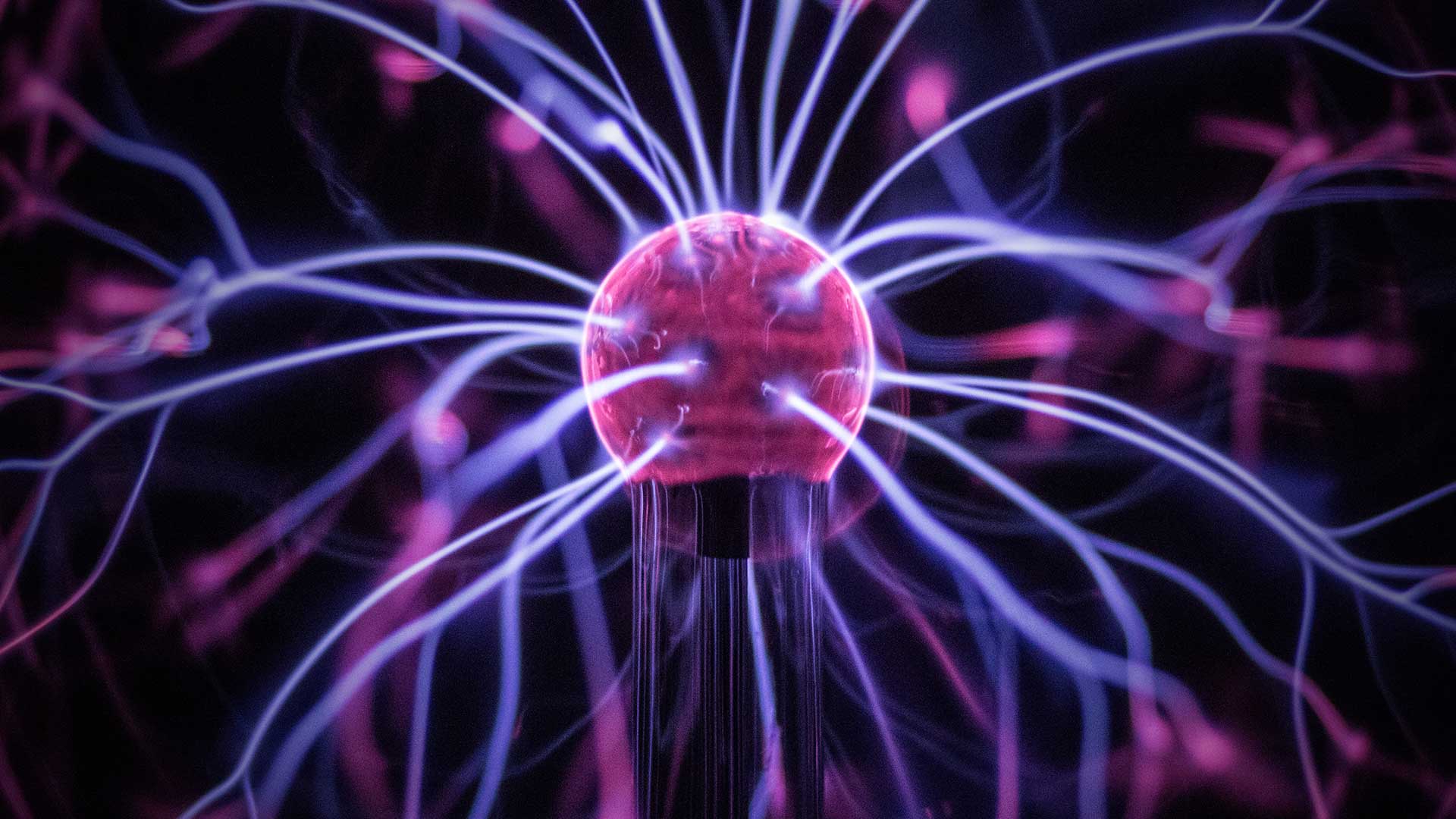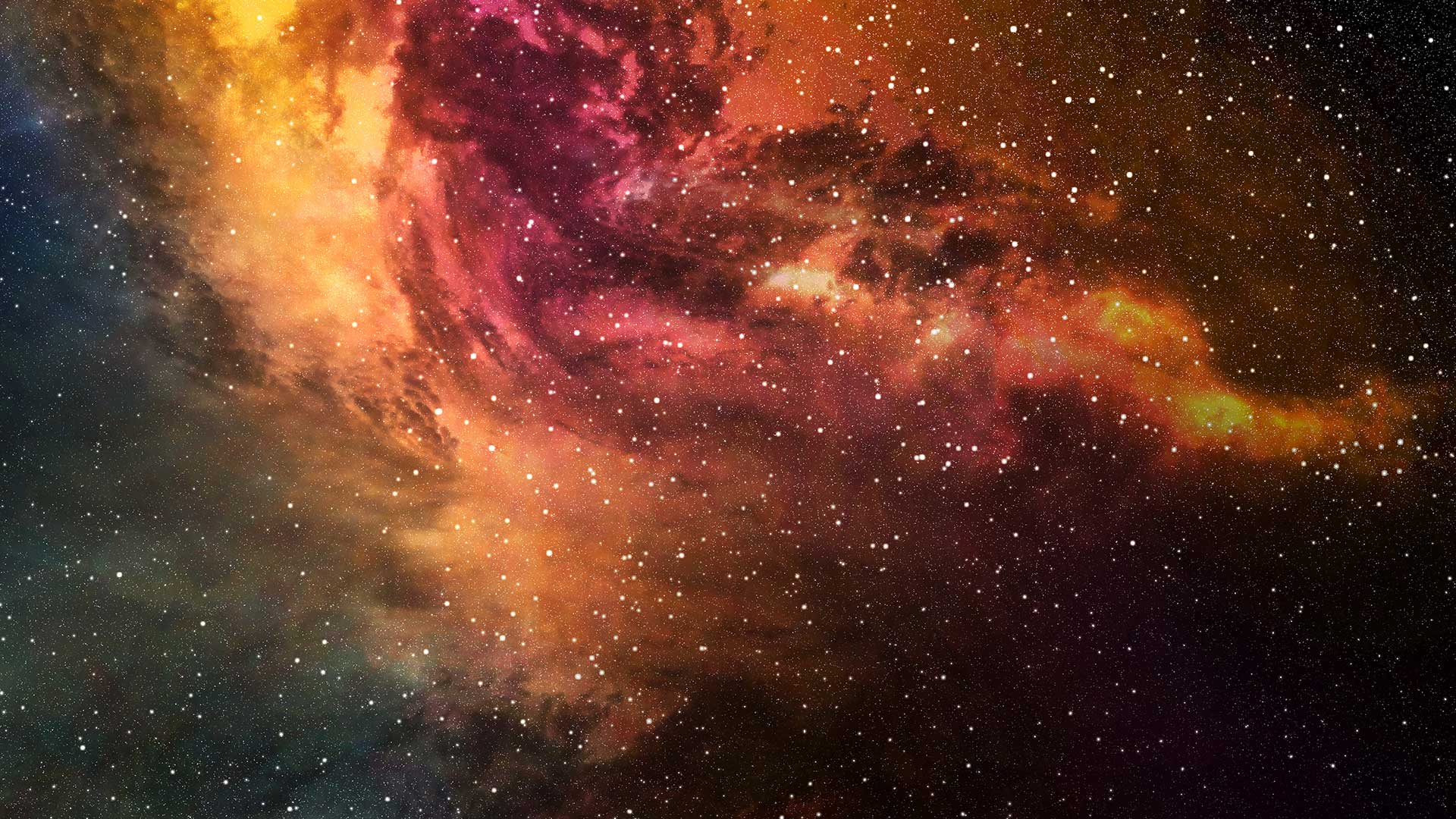What is Plasma?


The state of matter changes from solid to liquid and then to gas as the temperature is raised. Further increase in temperature breaks Coulomb bondage between electron and nucleus and matter becomes ionized at temperature higher than about 10,000 K. (Even a candle flame at 1500 K is in the state of weakly ionized plasma as demonstrated by Faraday. Thermal ionization also occurs during reentry of spaceships into the atmosphere.) Fluorescent lamps, lightning, solar wind, magneto and ionospheres around the Earth, electrostatic arcing, and plasma TV are a few examples of plasma phenomena and applications.
The sun and all stars are in plasma state. The high temperature in the sun is maintained by heat released in nuclear fusion reactions whereby hydrogen ions are fused to form heavier nuclei. (Uncontrolled demonstration of fusion power was achieved in the form of hydrogen bomb.) Active research is being carried out worldwide in order to realize fusion reactors which would provide clean, abundant energy source for future generations.
Plasma technology is indispensable in modern manufacturing and electronics industries. Tiny computer chips smaller than 1 micron size can be fabricated on silicon substrate only in plasma reactors through the process of dry etching. Novel materials, such as carbon nanotubes and diamond semiconductors, can be synthesized in plasma reactors in which chemical reactions can be accelerated by non-thermal electrons. Flat plasma display (plasma TV) and plasma headlamp have reached the stage of commercial production after decades of basic research.
About the Lab
Introduction
The Plasma Physics Laboratory at the University of Saskatchewan was established in 1959 by Dr. Harvey M. Skarsgard (1929 - 2018). Dr. Akira Hirose (1941-2017) succeeded Dr. Skarsgard as the director until his reriement in 2015.
The early experimental work was centred around the study of electron acceleration in the Plasma Betatron. These early experiments led to the study of plasma turbulence and some of the earliest work on turbulent heating in toroidal geometry. Successful experiments in toroidal turbulent heating, which resulted in keV electron temperature, led to the construction of STOR-1M, Canada's first tokamak (1983) and was soon followed by a larger tokamak, STOR-M (1987) which is still active. Both machines have been used to carry out unique experiments including turbulent heating, ac (alternating current) tokamak operation, plasma biasing, anomalous transport, and Compact Torus (CT) injection. Currently the STOR-M is the only device in Canada devoted to magnetic fusion research. PPL is a member of IAEA CRP (Collaborative Research Projects) of small fusion devices.
In 2000, research on plasma based material synthesis was initiated. The Plasma Physics Laboratory is becoming a centre of carbon based materials research and its research scope is expanding rapidly with the newest addition of ion implantation program. High quality diamond thin films, carbon nanotubes (CNT), and carbon nanocones, all having potentials of industrial applications, have been synthesized. Research of coating medical grade polymers with DLC (diamond-like carbon) is underway to improve haemocompatibility of artificial blood vessels in cardiovascular applications.
The Laboratory offers training of graduate students and PDFs in broad programs of plasma science and plasma assisted material science. Five comprehensive graduate level courses are available and experimental programs range from tokamak physics to plasma assisted material synthesis, both in experiments and in theory.
The research contributions made by the faculty members are recognized internationally. The Laboratory is well funded by NSERC (Discovery Grants, Strategic Grants, RTI), Canada Research Chair Program, Province, and the University. In 2013, the team of Professors Xiao and Hirose was awarded an inaugural research grant by the Canadian Centre for Nuclear Innovation (CCNI) for the STOR-M tokamak program.

